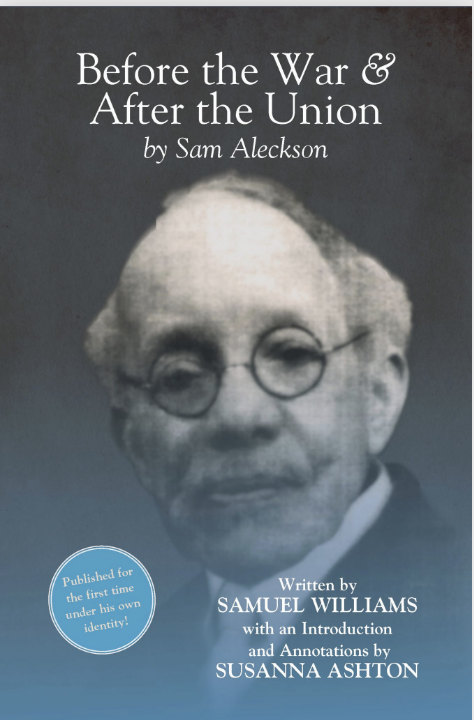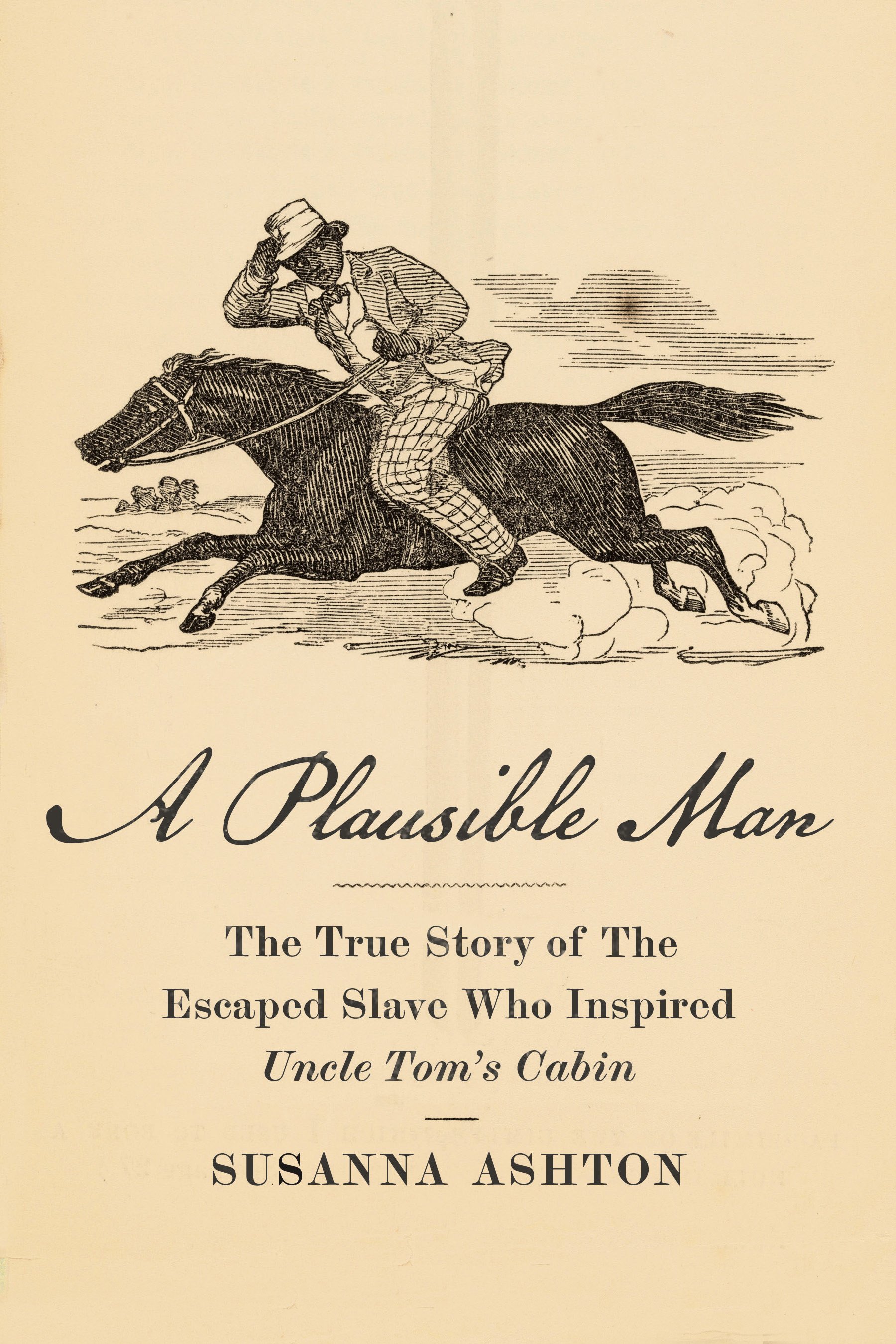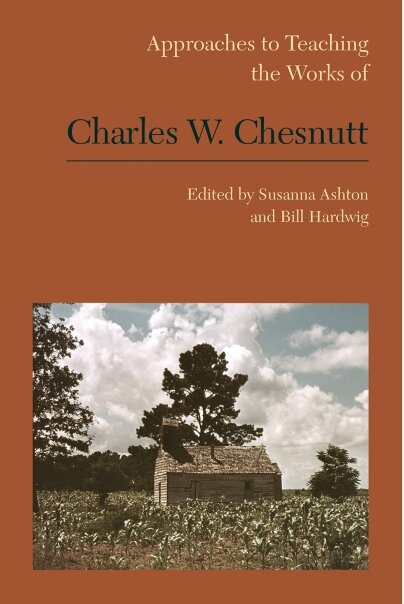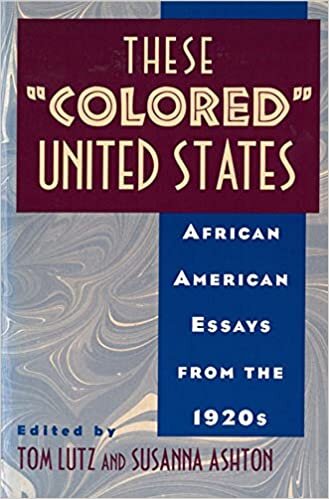Susanna Ashton is a Professor of English at Clemson University, and her work has been profiled in the New York Times, CNN and dozens of other media outlets across the country.
She has authored, edited, or coauthored multiple titles on American literary and cultural history, including Collaborators in Literary America 1870-1920; “I Belong in South Carolina.” South Carolina Slave Narratives; (w/ Tom Lutz) These ‘Colored’ United States: African American Essays from the 1920s; (w/ Rhondda R. Thomas) The South Carolina Roots of African American Thought; (w/Bill Hardwig) Approaches to Teaching Charles W. Chesnutt. In addition to those book projects, she has published in many scholarly journals as well as popular newspapers and public-facing digital media. She has appeared in various media interviews and served as a featured expert in the documentary film, Gina’s Journey: The Search for William Grimes.
A lively and engaging presenter, Susanna Ashton speaks with humor, verve, and thoughtful storytelling for both public and academic events
Susanna Ashton
Author/Scholar/Storyteller
***Scroll down for more information or use menu links***
What I do
How can I help?
As a scholar of literature and testament I work as an expert on fugitivity and freedom narratives.
How do people bear their witness? is a question that drives my work.
Based on my research into life writing by enslaved South Carolinians and through innovative archival research, I have identified authors of previously anonymous narratives (James Matthews, for one, who anonymously narrated "Recollections of Slavery by a Runaway Slave"), definitively established and profiled enslaved authors who wrote under pseudonyms (Samuel Williams/Sam "Aleckson") and discovered that the anonymous fugitive Harriet Beecher Stowe once hid in her house was actually the author and activist, James Andrew Jackson. This discovery, which attracted international media attention, has led me to my forthcoming book: a biography of Jackson: A Plausible Man. The True Story of the Man Who Inspired Uncle Tm’s Cabin (The New Press, 2024).
I am available for speaking engagements, library talks, press commentary, historical manuscript assessment, and workshops on humanities and archival grants





























